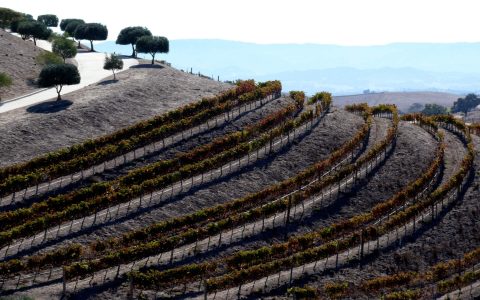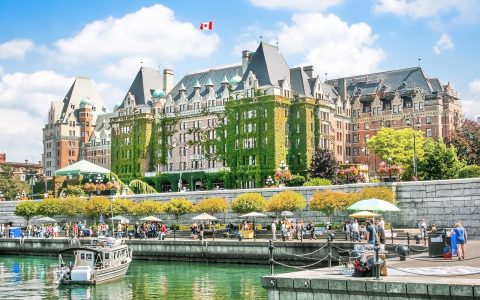Four Reasons (and Seasons!)
to Head to the Rocky Mountains
I’ve just returned from a trip to the Rockies, whose dramatic peaks and valleys simply have no parallel. These massive mountains form a spiny backbone and a natural border between Canada’s western provinces, Alberta and British Columbia. The entire mountain range spans 4,800 kilometres (3,000 miles) all the way down through the Southwestern U.S.
There is something simply awe-inspiring about immersing yourself in the pristine beauty of glaciers, icy lakes, mirror-reflecting pools and stunning landscapes—all of it spectacular at any time of year (frankly, there isn’t a bad time to visit). Here are some of the reasons why you may want to just pack your bags and stay year-round.
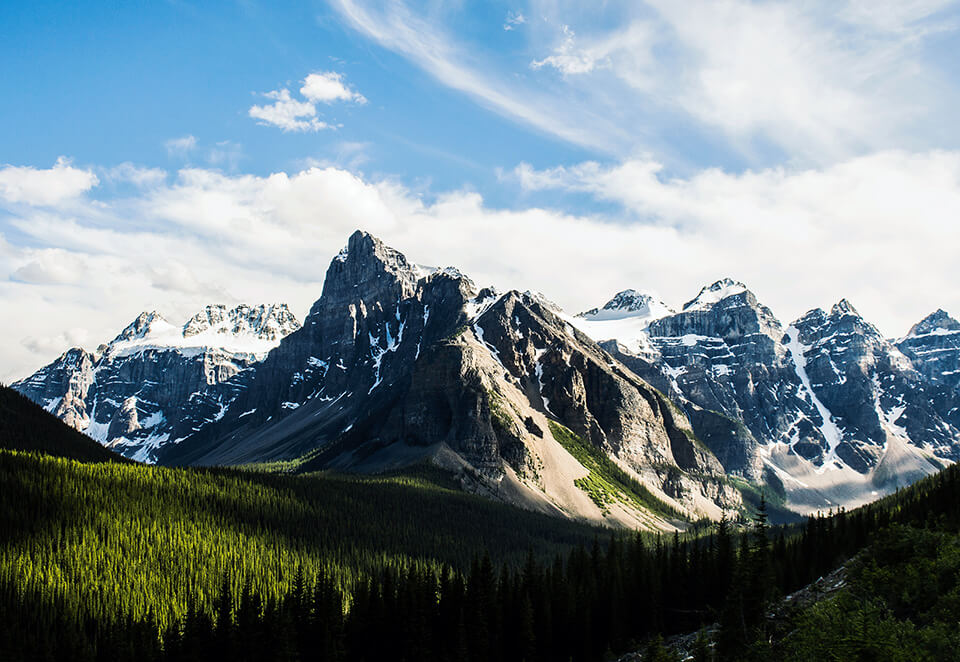
Winter in the Rockies
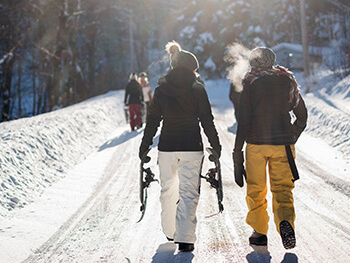 There’s absolutely no reason to shy away from visiting the Rockies in the winter months—in my opinion, the mountains at this time of year are far more spectacular than in the summer. With the snow topping the peaks, and the whiteness of the landscape with the contrast of trees or glistening ice, it’s truly magical at this time of year. (Plus, there are far fewer visitors, so you’ll have the place all to yourself).
There’s absolutely no reason to shy away from visiting the Rockies in the winter months—in my opinion, the mountains at this time of year are far more spectacular than in the summer. With the snow topping the peaks, and the whiteness of the landscape with the contrast of trees or glistening ice, it’s truly magical at this time of year. (Plus, there are far fewer visitors, so you’ll have the place all to yourself).
Of course, below-freezing temperatures and snowstorms happen, but all you need is a roaring fireplace, some warm gear and some hot cocoa (or hot springs!) to get cozy and warm back up. When the snow clears up, it’s simply beautiful. For instance, during my visit, we were hit by a two-day snowstorm, but the day after, the sun came out and the weather was clear and fine, making for magnificent views.
Winter is a lovely time of year to visit, especially if you’re travelling with family, or live in a climate where snow is uncommon. You can ride fat tire bikes in the snow, dog-sled, snowshoe, cross-country ski, or skate outdoors at a rink—all classic winter activities.
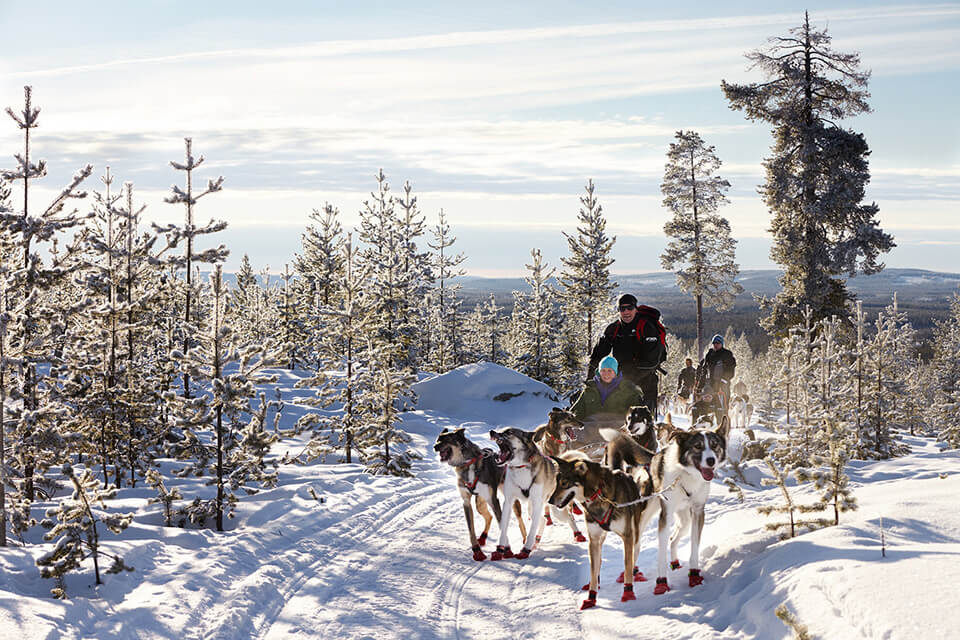
Spring for Wildlife
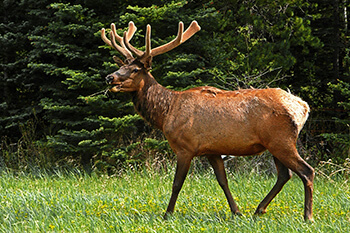 The promise of spring arrives when the ice and snow begins to melt, running down the mountains to bring new life—and the best time of year to see wildlife in its natural habitat. While the highest mountains still retain their white snowy tops, grass begins to grow in the valley, and animals begin to graze, calve, and breed. Keep your eyes peeled for elk, moose, deer, mountain goat and bighorn sheep. Other predators you might spot include cougar, lynx, bobcat, black and grizzly bears.
The promise of spring arrives when the ice and snow begins to melt, running down the mountains to bring new life—and the best time of year to see wildlife in its natural habitat. While the highest mountains still retain their white snowy tops, grass begins to grow in the valley, and animals begin to graze, calve, and breed. Keep your eyes peeled for elk, moose, deer, mountain goat and bighorn sheep. Other predators you might spot include cougar, lynx, bobcat, black and grizzly bears.
Late spring and early summer is also a lovely time to visit, as you’ll get a contrast of colours: the snow remains at the top of the mountains, juxtaposed with the green of the valleys: grass, meadow flowers, and tree-filled valleys coming back to life.
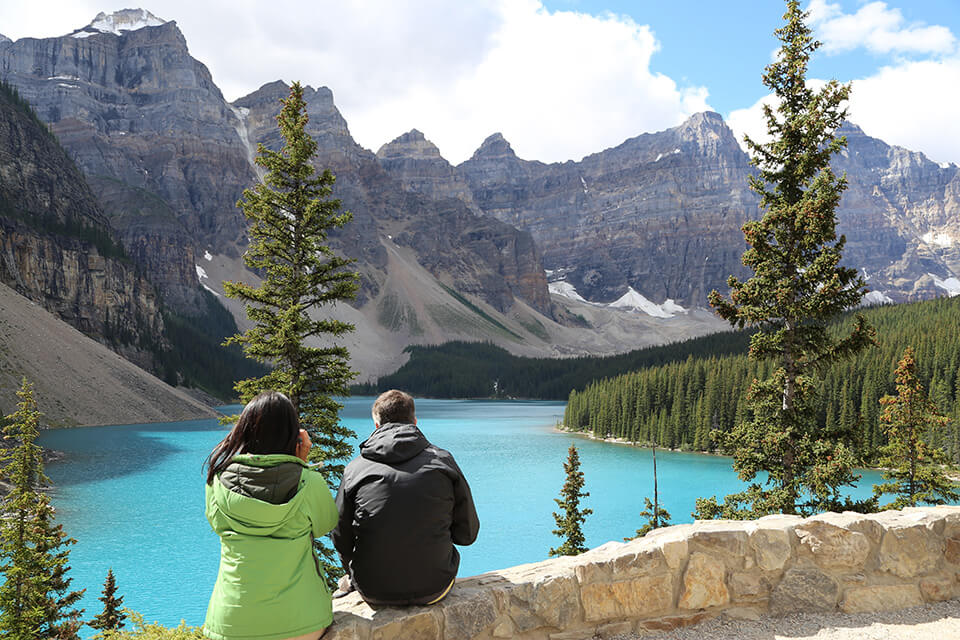
Summer: Hit the Trail
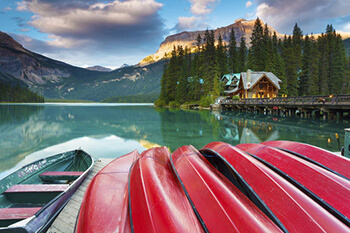 With longer days and warm weather, this is when the mass migration of tourism begins—up to 4 million people visit Banff each year, mostly during the summer. But with the most temperate climes, you can bravely hop into an alpine lake for a swim, or hike to scenic lookouts. Since this is high season, it’s best to make your plans at least six months to a year in advance, as demand is highest at this time. That being said, most of the crowded places are the parking lots; most visitors rarely venture off the paved trails. So if you’re an avid hiker, all you need to do is literally get off the beaten path to avoid the crowds and get closer to the main attraction—nature.
With longer days and warm weather, this is when the mass migration of tourism begins—up to 4 million people visit Banff each year, mostly during the summer. But with the most temperate climes, you can bravely hop into an alpine lake for a swim, or hike to scenic lookouts. Since this is high season, it’s best to make your plans at least six months to a year in advance, as demand is highest at this time. That being said, most of the crowded places are the parking lots; most visitors rarely venture off the paved trails. So if you’re an avid hiker, all you need to do is literally get off the beaten path to avoid the crowds and get closer to the main attraction—nature.
Fall for Foliage
As the weather cools and the crowds thin, September and October are an excellent time of year to arrive, just in time for the absolute most gorgeous colours; with the summer crowds gone, there’s lots of room to roam. Leaf-peepers arrive for the dramatic change in scenery, with vivid reds and yellows painting a brush across the landscape. The leaves begin to change and drop from aspen, poplar, birch, and—the star of the show—larch trees.
The larch tree is the only needled tree that sheds in the autumn, and its shining golden foliage is truly a sight to see, with valley after valley filled with them. If you’re lucky to see a little snow, the combination of bright gold, snow on the mountains, and the endless blue from the sky is just incredible.
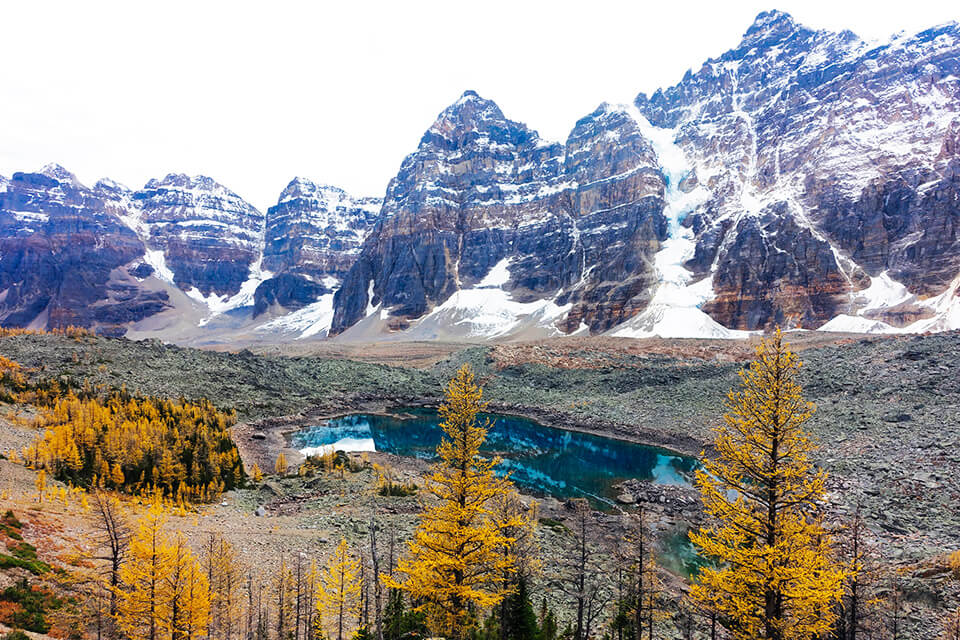
Experience Canada With B&R
Bring the Whole Family
Alberta’s sparkling lakes, glaciers and snow-topped peaks are emblematic symbols of the Great White North. From charming mountain towns to cozy lodges, our Rocky Mountain Family Adventure will leave you in awe of Canada’s wild west.
DETAILED ITINERARYA Fairytale Winter Wonderland
On this Rocky Mountain Winter Expedition don some crampons and traverse the ice cathedrals of Johnston Canyon, snowshoe on the glittering snowfields of Sunshine Meadows, and learn to mush your own dog sled team on the Spray Lakes.
DETAILED ITINERARYYear-Round Sights
No matter when you visit some of these key sights are visible year-round, although, in the winter months, winter safety is paramount.
Columbia Icefields
The largest ice field in the Rocky Mountains, it sits between the border of Alberta and B.C., straddling the Continental Divide. First formed around 240,000 years B.C.E., this massive ice field predates the appearance of Homo sapiens (that’s us!) and feeds eight major glaciers. You can also see parts of the icefield from the Icefields Parkway, the long scenic highway that parallels the Continental Divide.
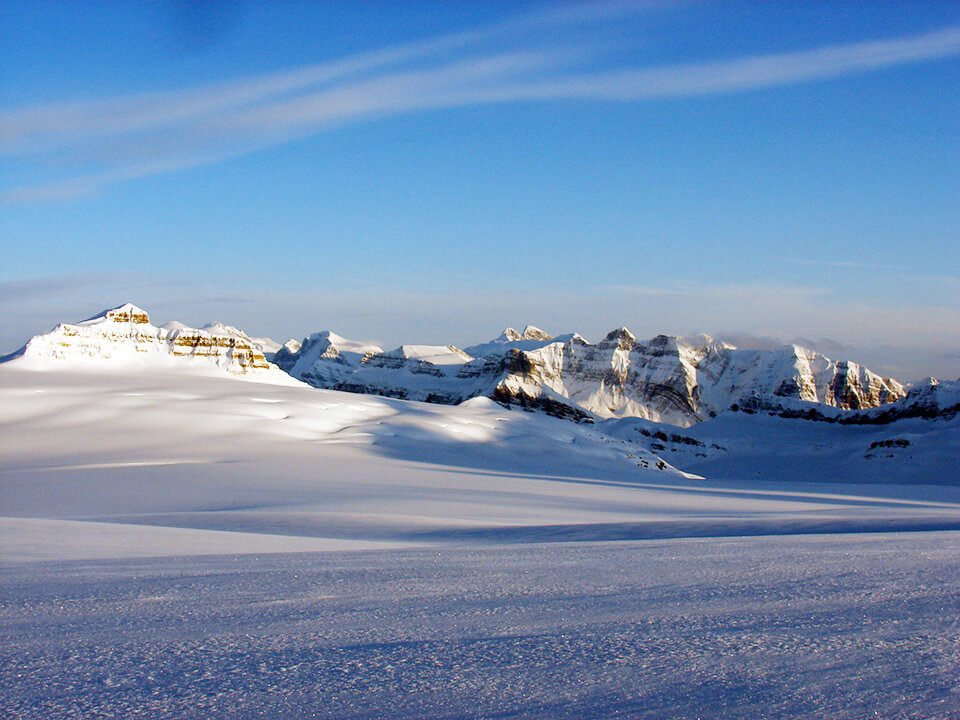
Relax and Unwind: Hot Springs
 Hot springs, bubbling with geothermal activity and minerals to soothe and relax tired muscles, are some of the best ways to unwind. Some of the classics include the Banff Upper Hot Spings, which has been around since 1895, where tourists of yore have been bathing for over a hundred years. It’s Banff National Park’s only hot spring pool. Amongst the beauty of pines and the silhouetted tops of mountains, steam rising from the pools, it’s one of my favourites. You can also make your way to Radium Hot Springs, located an hour away in Kootenay National Park, or Miette Hot Springs in Jasper National Park, with the hottest springs in the Rockies.
Hot springs, bubbling with geothermal activity and minerals to soothe and relax tired muscles, are some of the best ways to unwind. Some of the classics include the Banff Upper Hot Spings, which has been around since 1895, where tourists of yore have been bathing for over a hundred years. It’s Banff National Park’s only hot spring pool. Amongst the beauty of pines and the silhouetted tops of mountains, steam rising from the pools, it’s one of my favourites. You can also make your way to Radium Hot Springs, located an hour away in Kootenay National Park, or Miette Hot Springs in Jasper National Park, with the hottest springs in the Rockies.
Stanley Glacier
Easily accessible, reach the face of a glacier via a simple hike. An easy 7-kilometre (4.4 mile) distance with a gentle slope, you will travel over a creek (runoff from the glacier itself), and make your way through mountain meadows that may be filled with flowers in high summer. As you hike, look for waterfalls cascading down, and even, for the intrepid, an exploration of the glacier itself. It’s a short hike with a great payoff!

MORE FROM North America + Canada
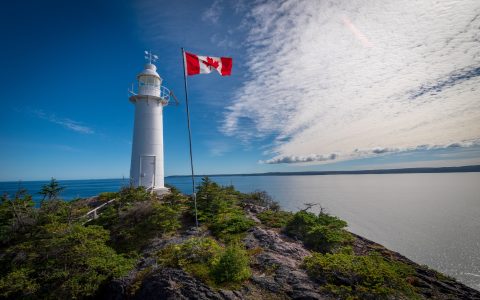
Discover Canada’s East Coast From Home
Canada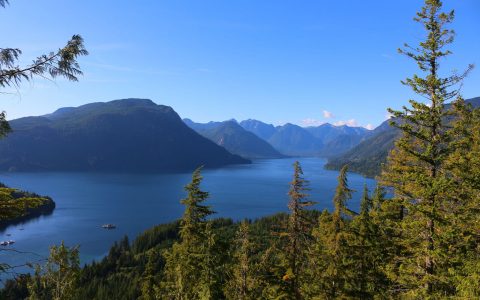
The Pacific Yellowfin Hotel Review
Canada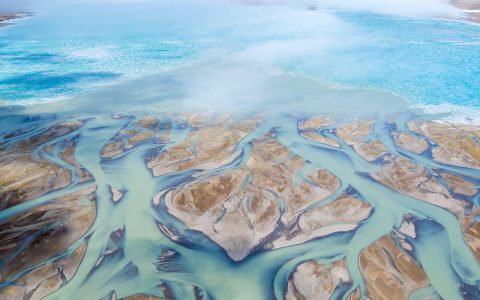
Reflections & Impressions: Dane Tredway’s trip to the Arctic
Canada
The 2019 Masters: Hearing ‘The Tiger Roar’ Firsthand
United States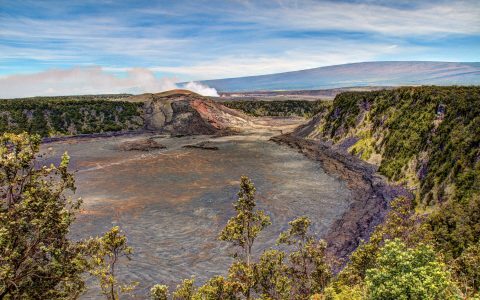
After the Eruption: Why There’s Never Been a Better Time to See Hawaii
United States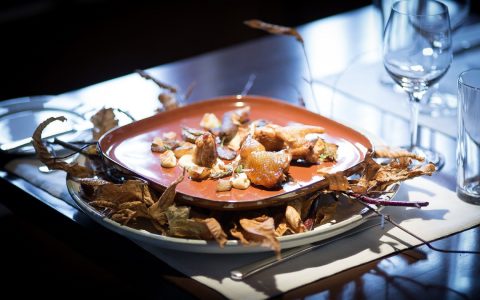
The 13 Best Places to Eat in Quebec City
Canada
The 11 Top Restaurants in Vancouver
Canada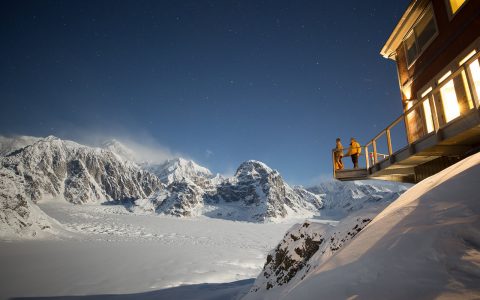
5 Over-the-Top Alaskan Luxury Lodges We Love
Alaska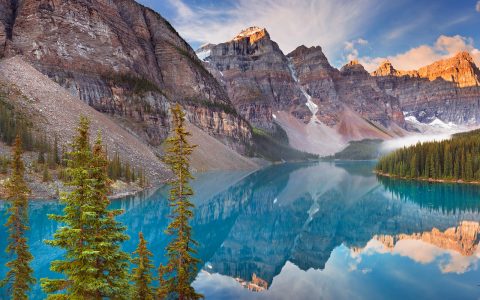
Most Over-The-Top Spots to Snap the Rockies
Canada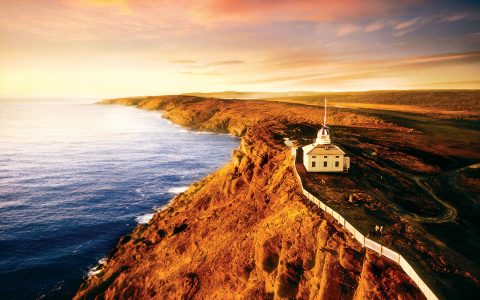
24 Hours in St. John’s, Newfoundland
Canada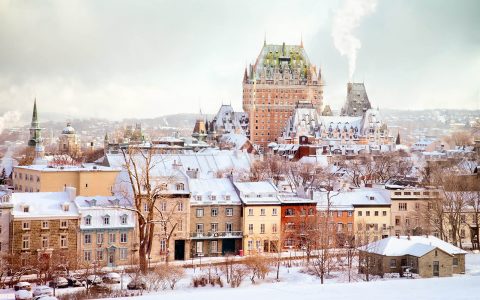
Our Coolest Hot Spot For Winter: Quebec City
Canada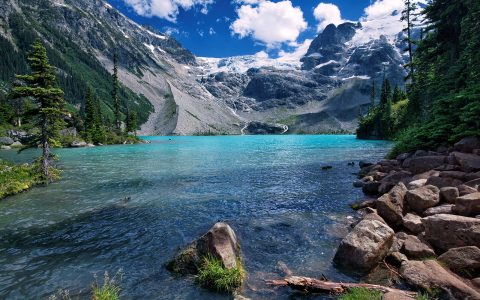
British Columbia: Best of Both Worlds
Canada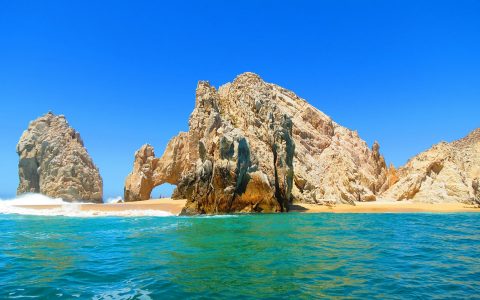
Top 5 Things To Do in Baja
North America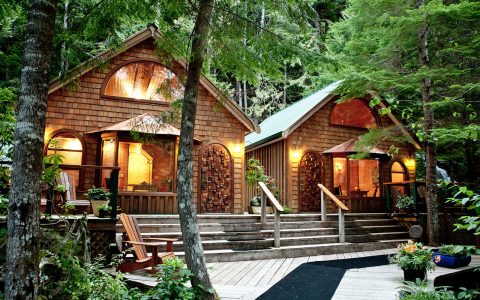
Spectacular Stays: Nimmo Bay Resort
Canada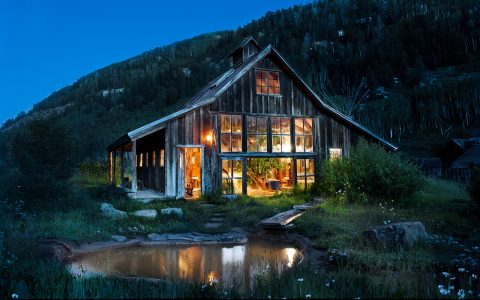
An Escape in the Mountains: Colorado’s Dunton Hot Springs Resort
United States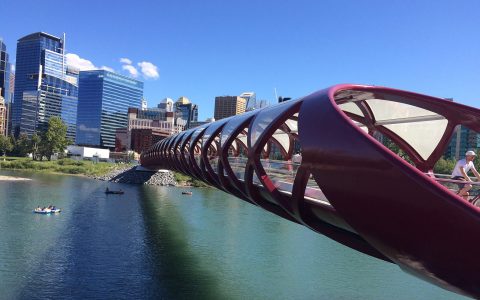
20 Best Calgary Restaurants
Canada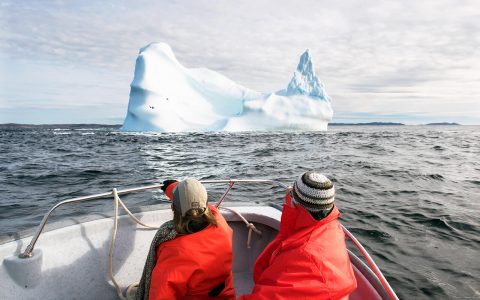
The Best Time of Year to Visit Canada
Canada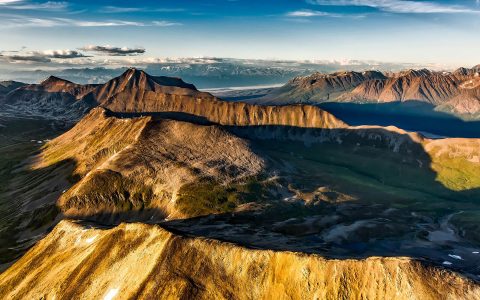
Insider’s Guide to Anchorage
Alaska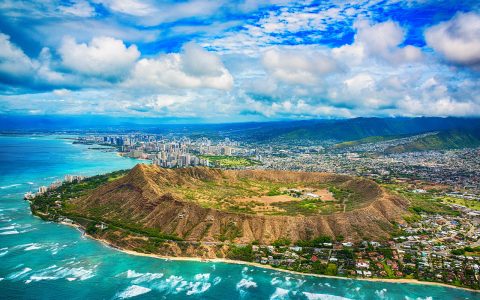
Essential Things To Know About Oahu
United States